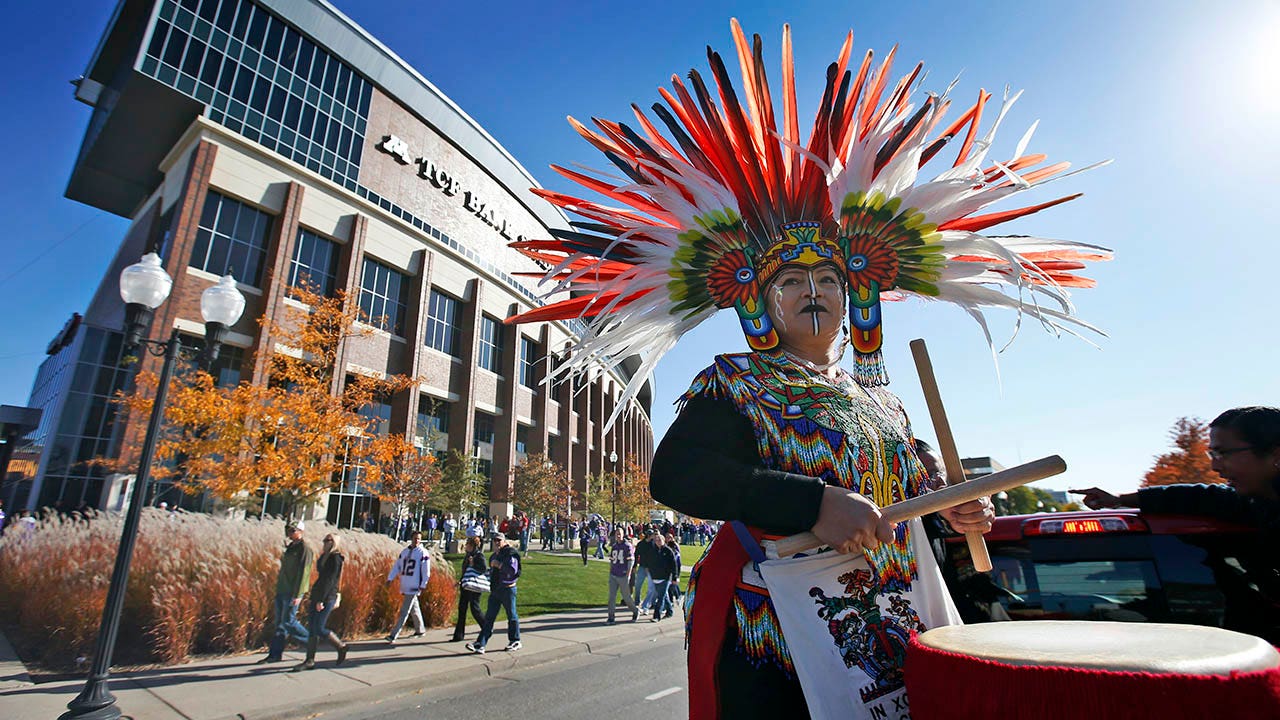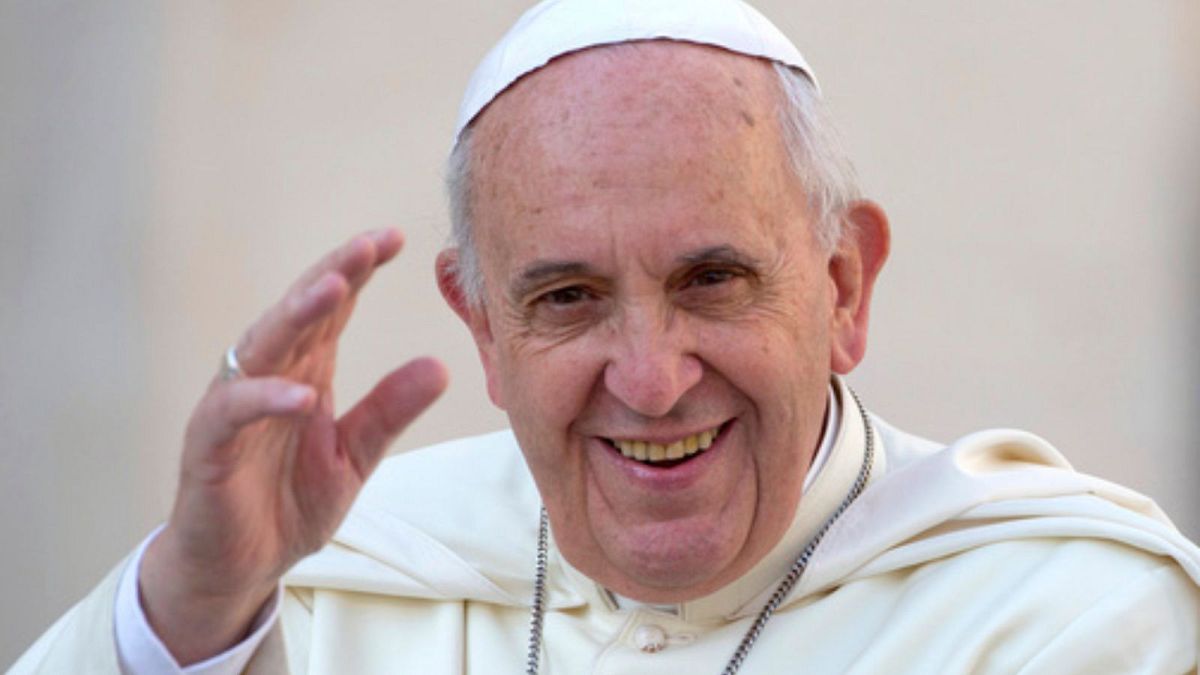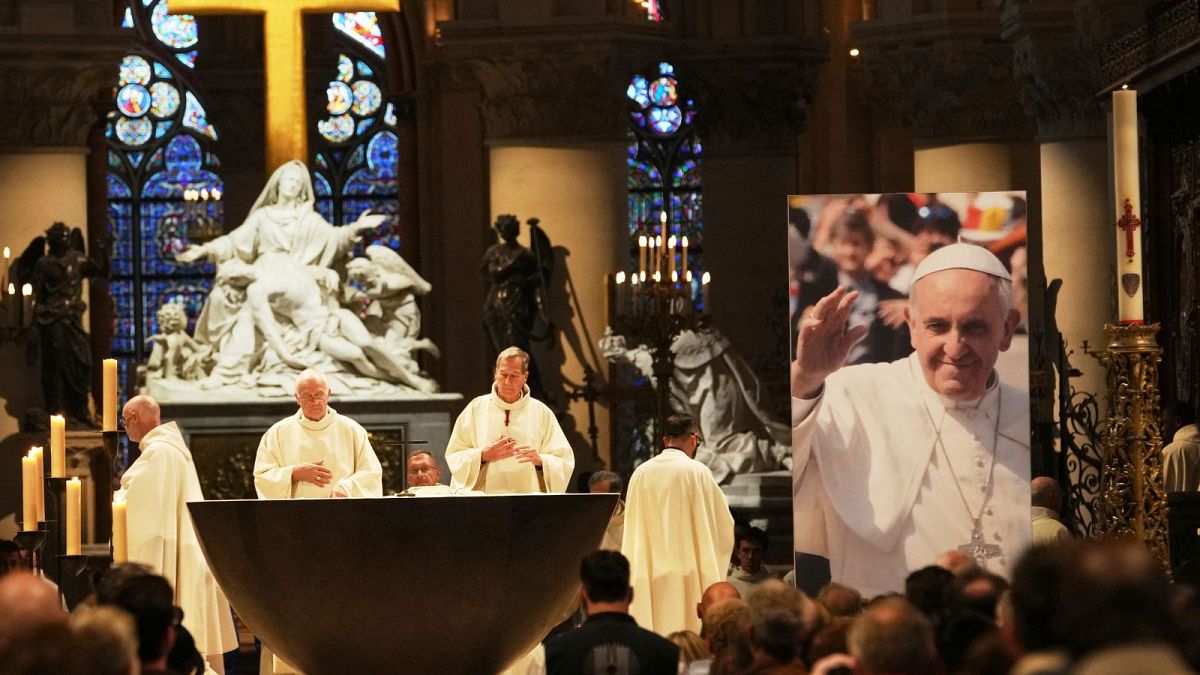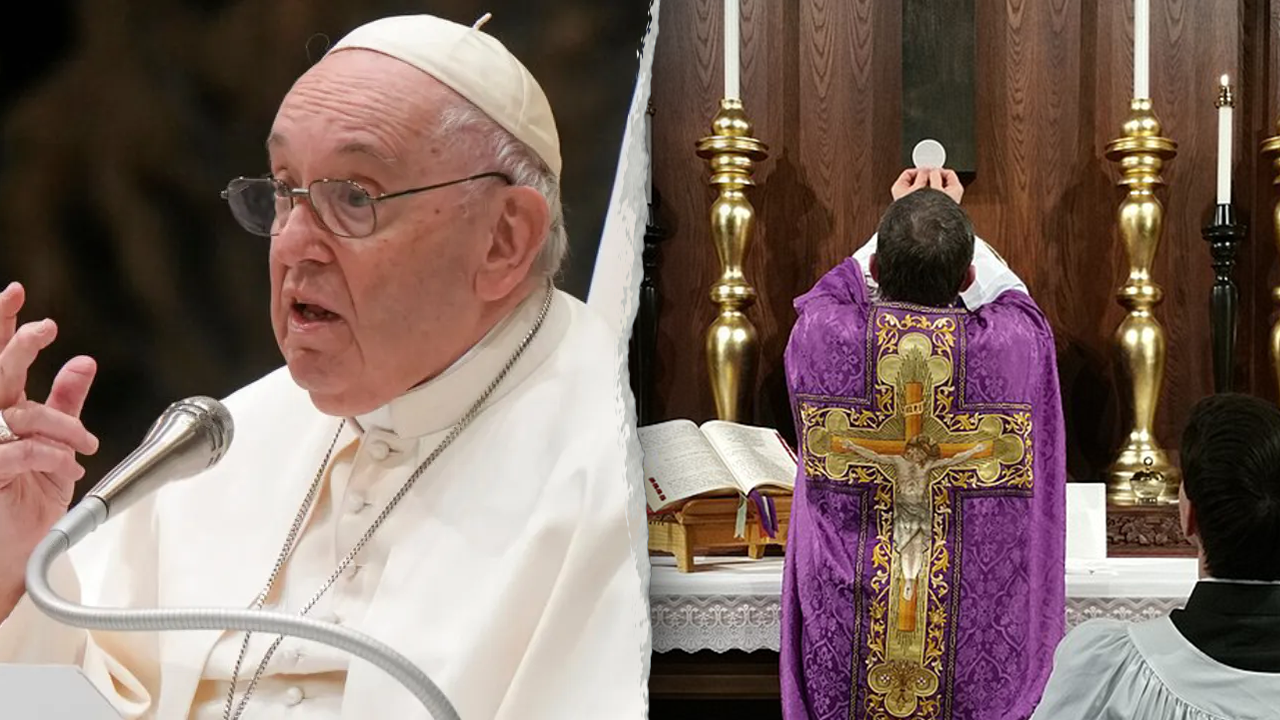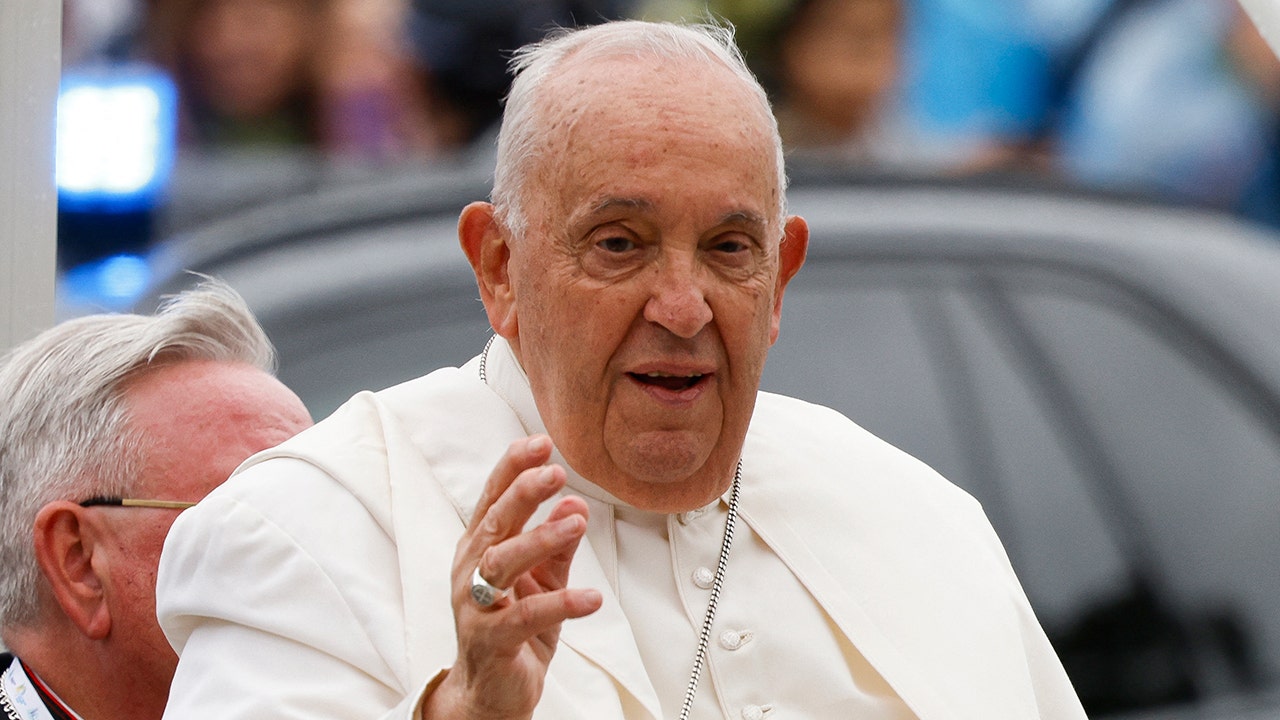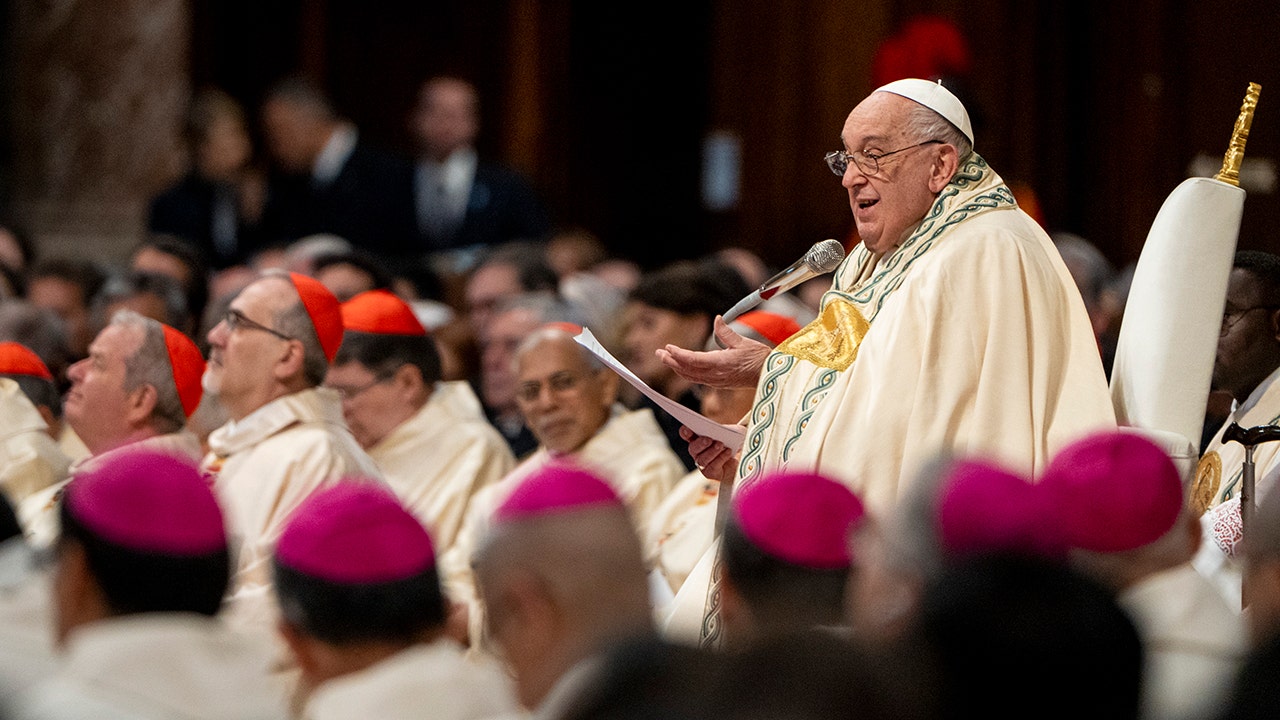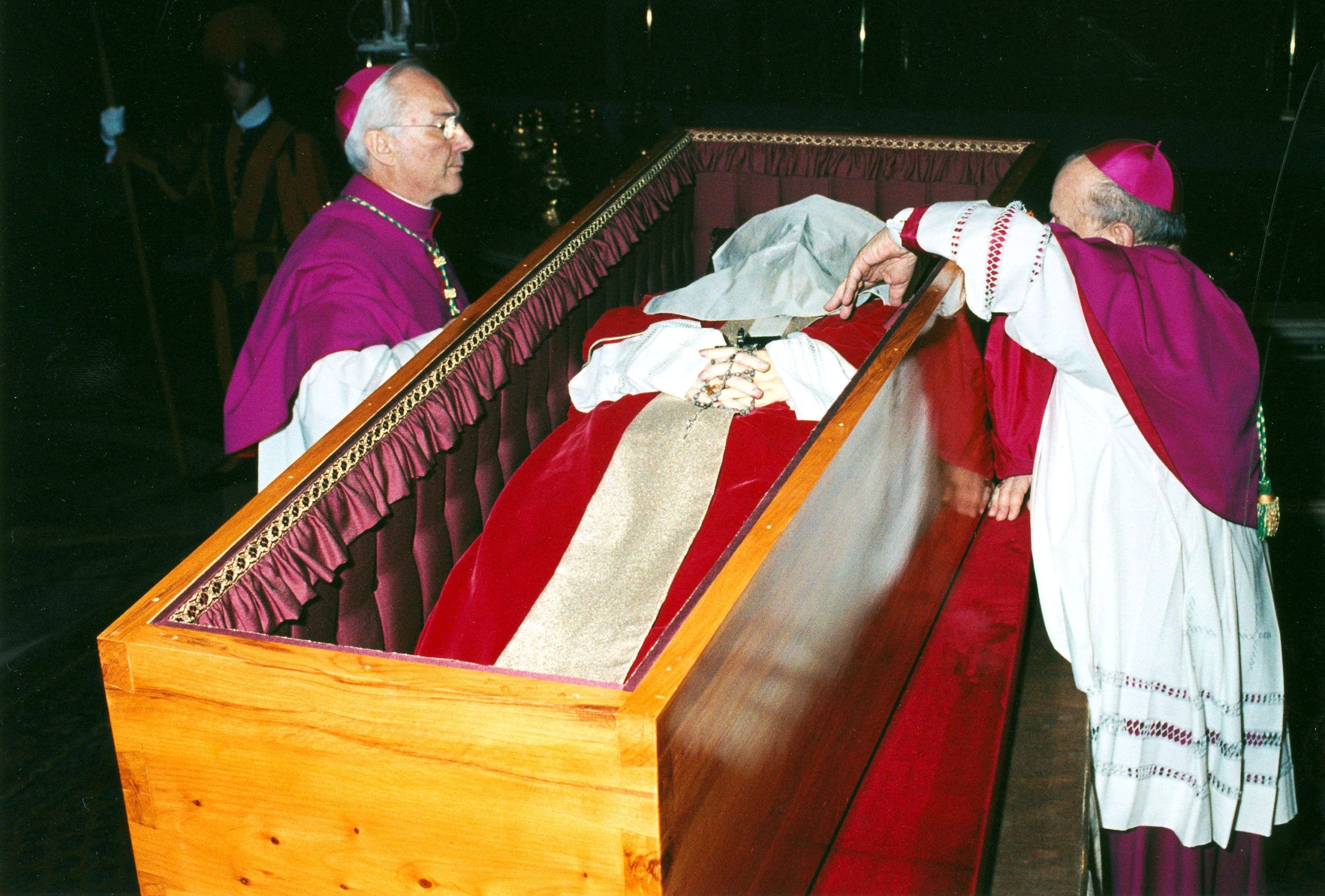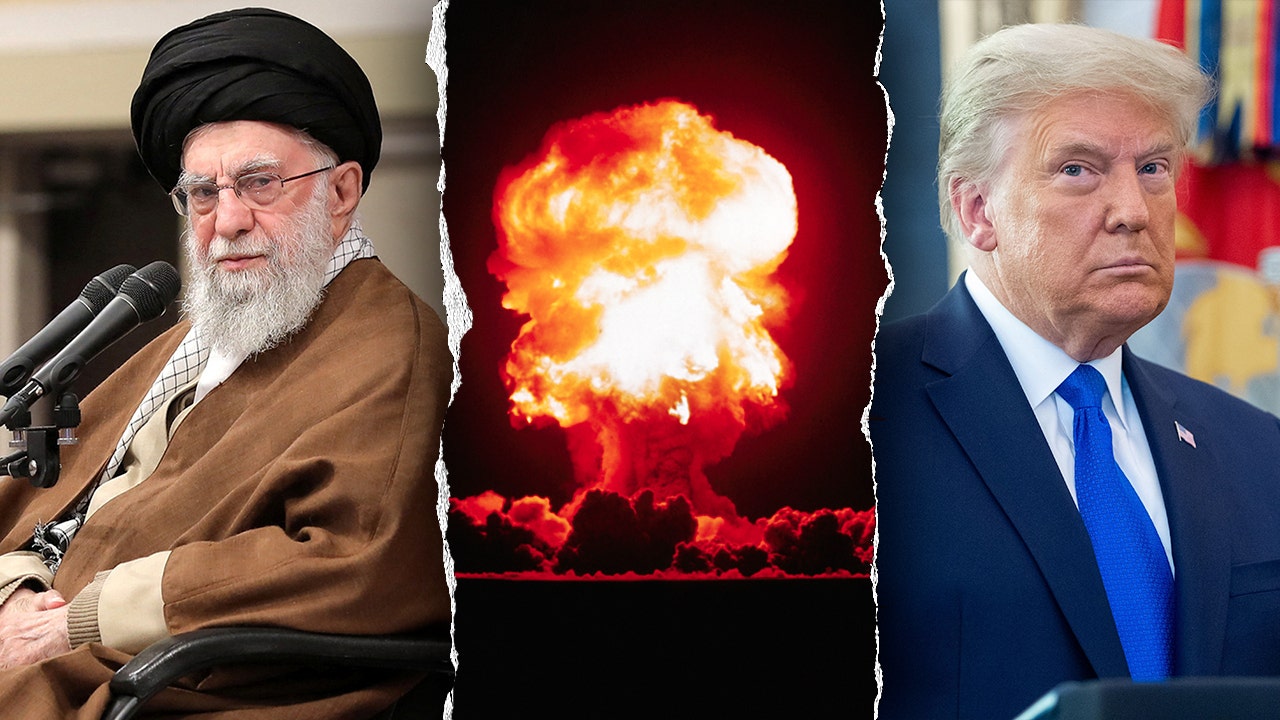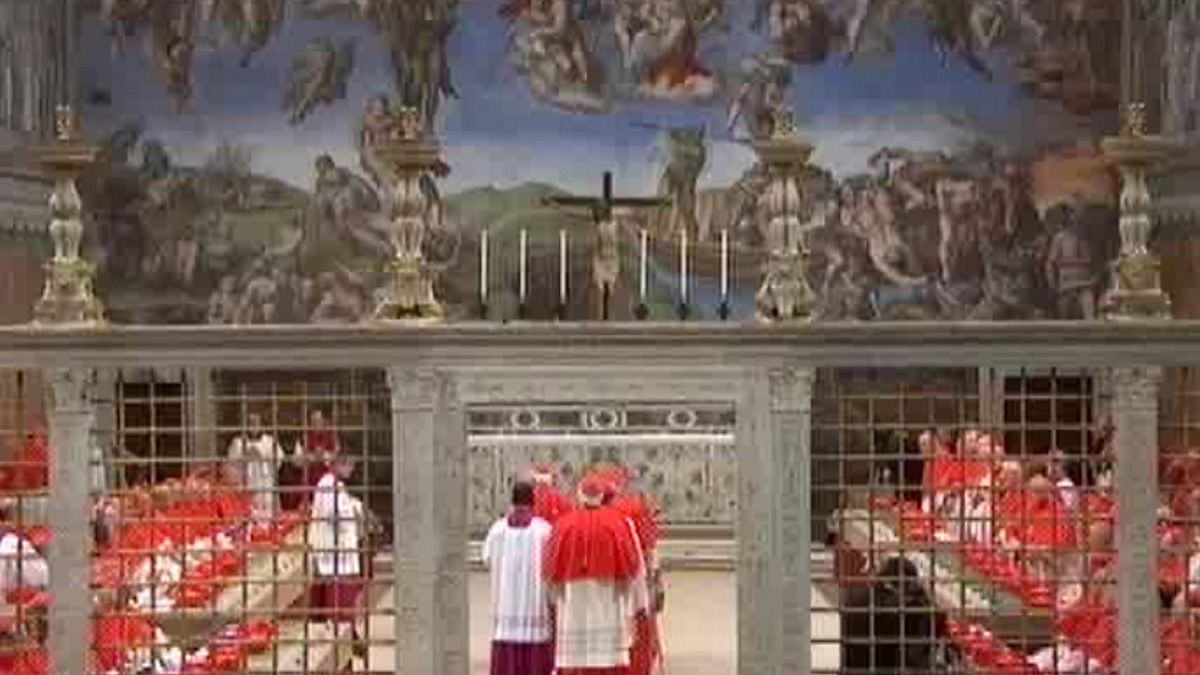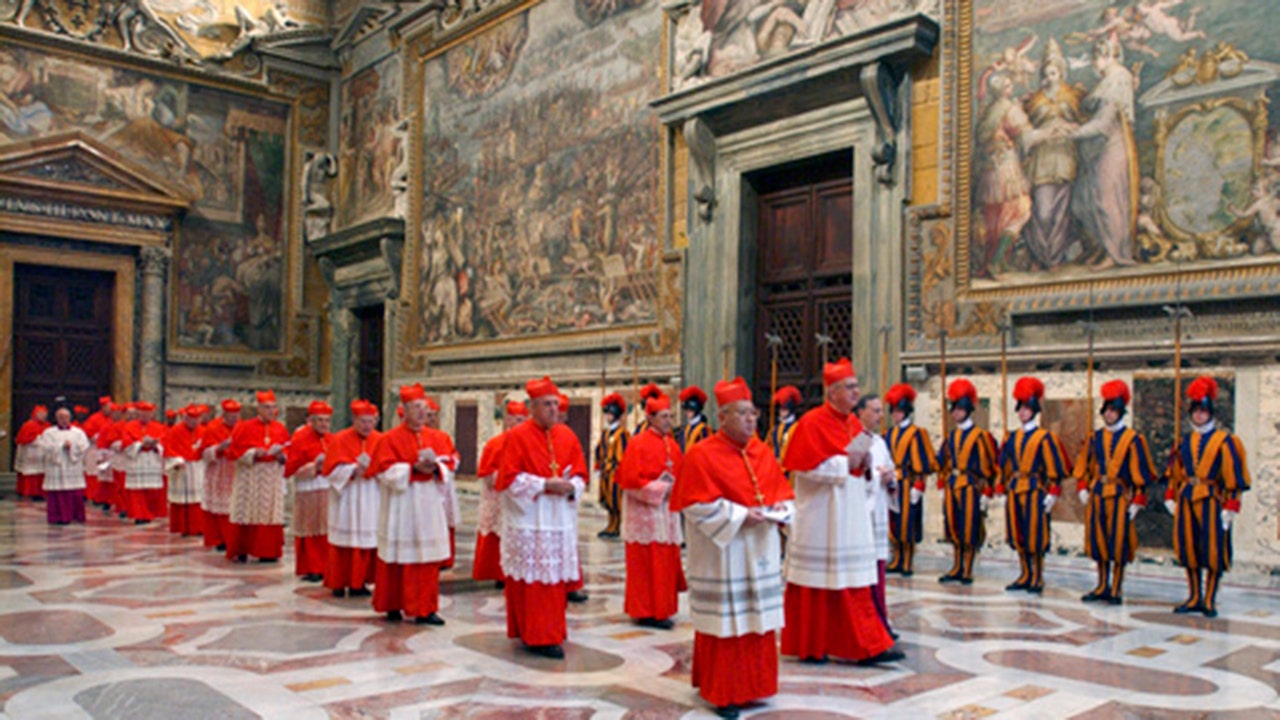Pope Francis passed away due to a stroke and irreversible cardiovascular arrest, according to the death certificate released by Vatican doctor Andrea Arcangeli.
The document, which was released by The Vatican, also noted that the pope had fallen into a coma before his death. In addition to his recent lung infection, Arcangeli stated that Francis had been battling high blood pressure and diabetes.
The 88-year-old pontiff recently spent five weeks in a Rome hospital, battling against a life-threatening bout of double pneumonia, but returned to the Vatican and lighter duties towards the end of March.
It was not his first encounter with pulmonary issues as Francis suffered from chronic lung disease his entire life, even having part of his lung removed as a young man.
Francis made his last public appearance on Easter Sunday, to bless thousands of people in St Peter’s Square.
The Vatican says the public will likely be able to begin paying their final respects to Pope Francis starting on Wednesday in St. Peter’s Basilica, however the exact date will be confirmed after cardinals gather for the first time following his death on Tuesday morning.
Francis’ coffin will be moved from the chapel of the Domus Santa Marta hotel, where he had lived, to St. Peter’s Basilica for public viewing.
In a departure from tradition, and as requested by the late pope, his body will not be placed on an elevated bier but instead will rest in a wooden coffin facing the pews.
Before passing, Francis also expressed his wish to be buried in the ground at St. Mary Major Basilica, which houses his beloved icon of the Virgin Mary, to whom he had deep devotion.
While no specific date has been set for the funeral, it must take place between four and six days after his death.
Meanwhile, a ‘sede vacante’, or ‘vacant see’, has now begun in The Vatican, which is the period between the death of one pope and the election of another.
To mark the beginning of this period, Pope Francis’ formal apartment has been sealed with red ribbon and wax in a ritual that is a key part of the tradition after a pope dies.
Officials draped a red ribbon through the door handles of the apartment in the Apostolic Palace, then poured liquid wax on the bow and impressed Francis’ papal seal to keep it closed.
To elect a new pope, cardinals from across the globe will convene for the conclave. The voting process is conducted in secret and typically lasts between two and three weeks.
However, it may take longer if the cardinals have difficulty reaching a consensus on a candidate.
The conclave is expected to begin no sooner than 15 days and no later than 20 days after the pope’s death.
Read the full article here


